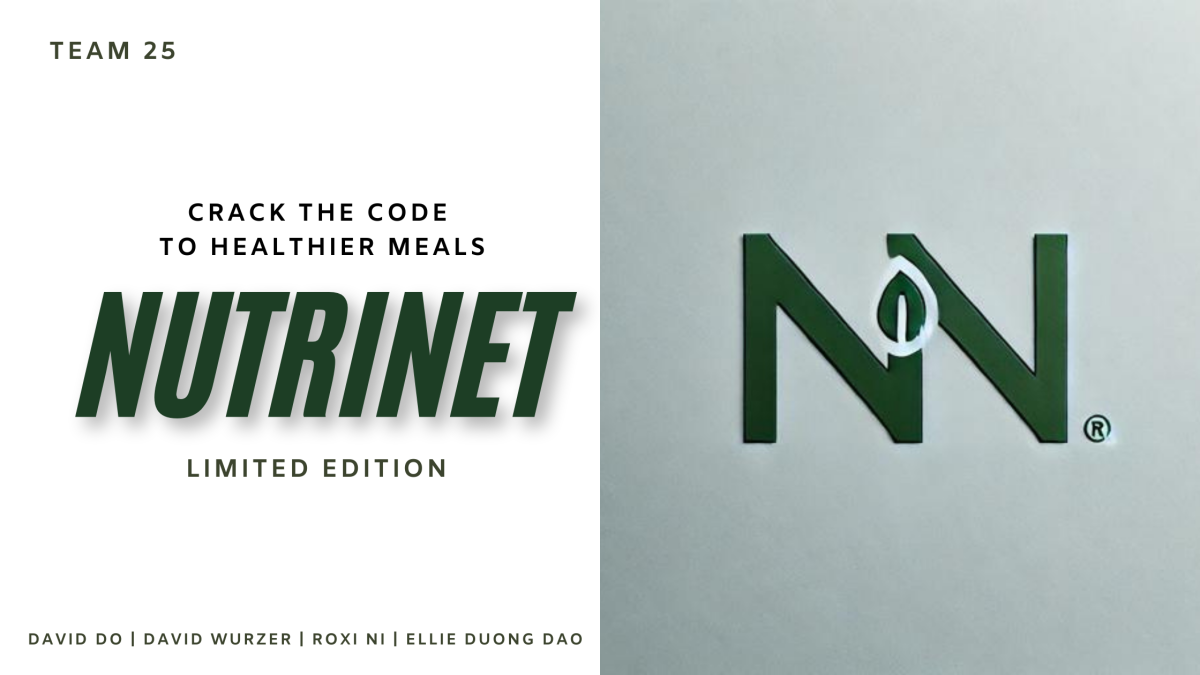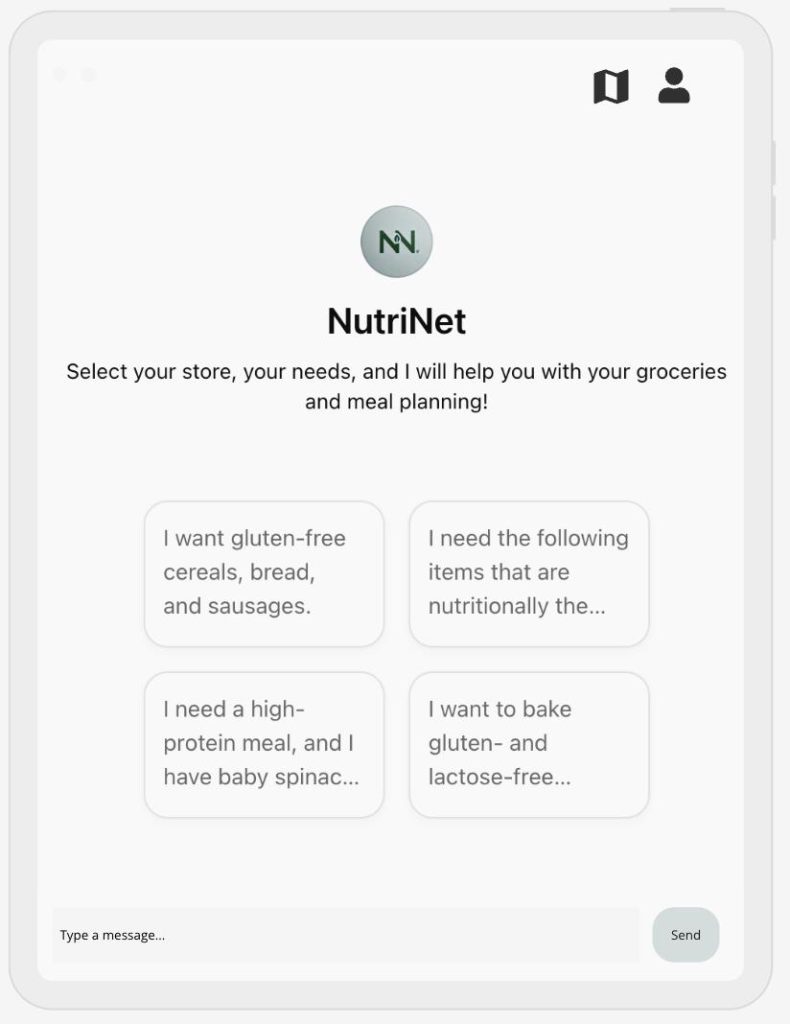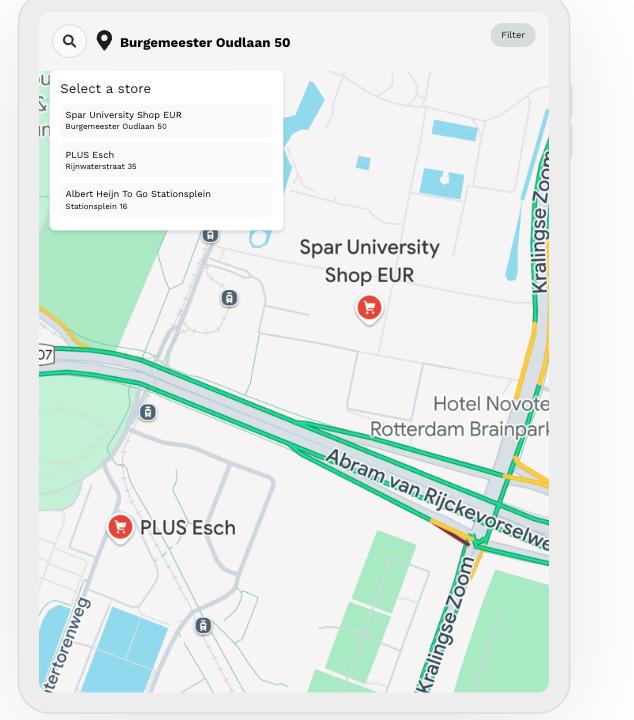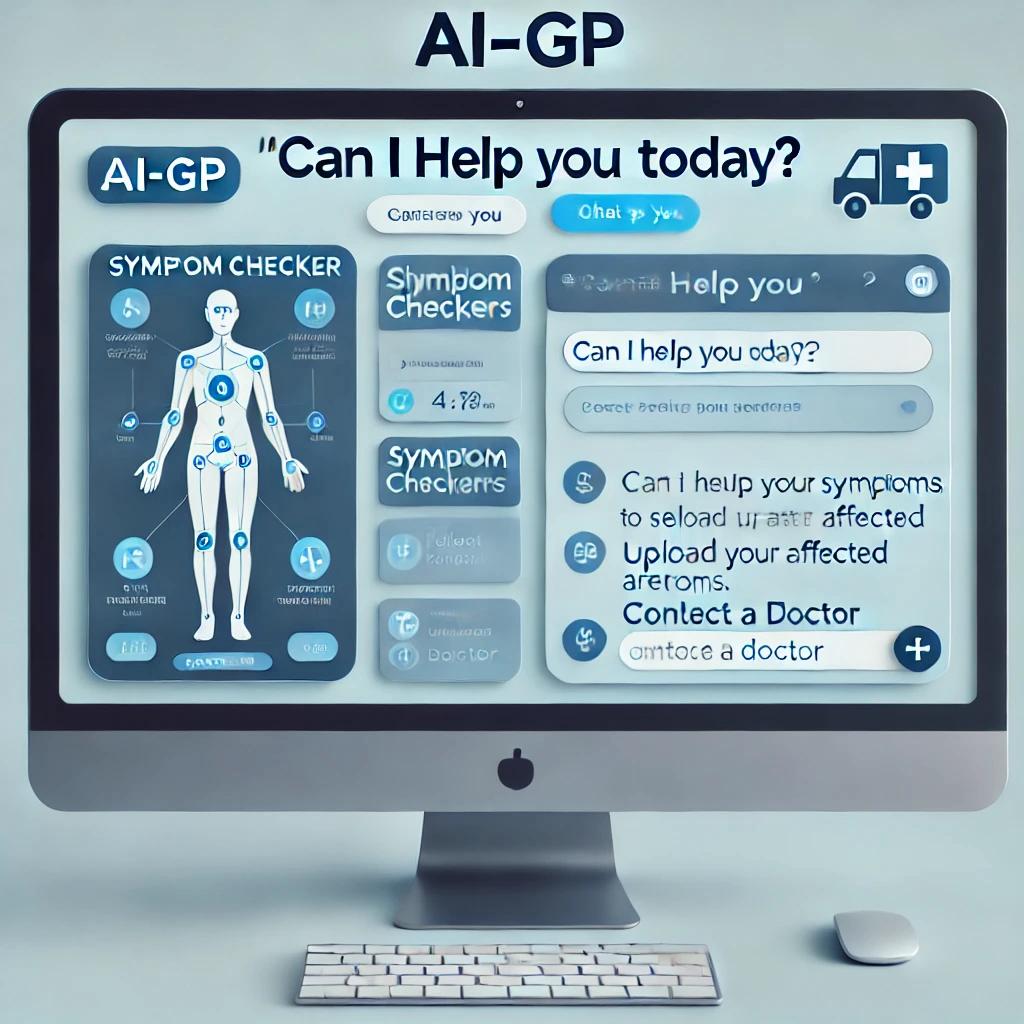Put yourself in the shoes of a senior spending his retirement days in a long-term care facility. Aside from meals in the common room, the highlight of your day is a fleeting visit from an overworked caregiver quickly checking your vitals before rushing off to his next resident. While this is a far-off scenario for the audience of a student blog, this will soon become a reality for our parents’ generation.
Populations are aging globally. Life expectancies increase while fertility levels tend to stay low (United Nations, 2023). A development that is also present in the Netherlands. By 2040 the Dutch population is expected to have an old-age dependency ratio of around 46% (Directorate-General for Economic and Financial Affairs, 2024). Additionally, the workforce of caregivers won’t grow proportional to the rising demand.
Therefore, we shaped the mission: to enhance senior care by leveraging AI technology to deliver personalized and proactive care. The solution is a software platform called ElderWatch, which is a Generative AI-powered conversational companion model by delivers values to three major parties: elderly individuals, caregivers, and administrators of LTC facilities.
How does it work:

Every senior of a long-term care home gets his/her elderly assistant, offering them an opportunity to engage in conversations throughout the day. Whether sharing personal matters, discussing politics, or chatting about a famous TV show, the idea is for the senior to spend time with his assistant to prevent feelings of social isolation. Besides the emotional support, the assistant also guides seniors through their day, reminding them of important appointments or helping to comply with their medication schedules. Lastly, the elderly assistant engages in cognitive games with a senior to maintain their cognitive abilities and keep their minds active.

In addition to the seniors, the elderly assistant also benefits the caregivers by allowing for more effective visits. Before each visit a caregiver can generate a briefing report summarizing the most important and recent information on a senior. This allows the caregivers to quickly prepare and personalize their visits. Consequently, a caregiver can manage more seniors throughout the day without compromising the quality of his/her visits.
As all elderly assistants installed in an LTC home gather numerous amounts of data, these homes can leverage insights to improve operational efficiency. Hereby, ElderWatch can benefit the management side of an LTC home.
ElderWatch’s vision is clear: Compensate for the growing gap between demand and supply in elder care with an emphasis on the social well-being of seniors. Therefore, we hope to see a better future for every family with this innovative AI-driven solution.
References:
World Social Report 2023: Leaving no one behind in an aging world. (2023, January 1). DESA Publications. https://desapublications.un.org/publications/world-social-report-2023-leaving-no-one-behind-ageing-world
2024 Ageing Report. Economic and Budgetary Projections for the EU Member States (2022-2070). (2024, April 18). Economy and Finance. https://economy-finance.ec.europa.eu/publications/2024-ageing-report-economic-and-budgetary-projections-eu-member-states-2022-2070_en


















